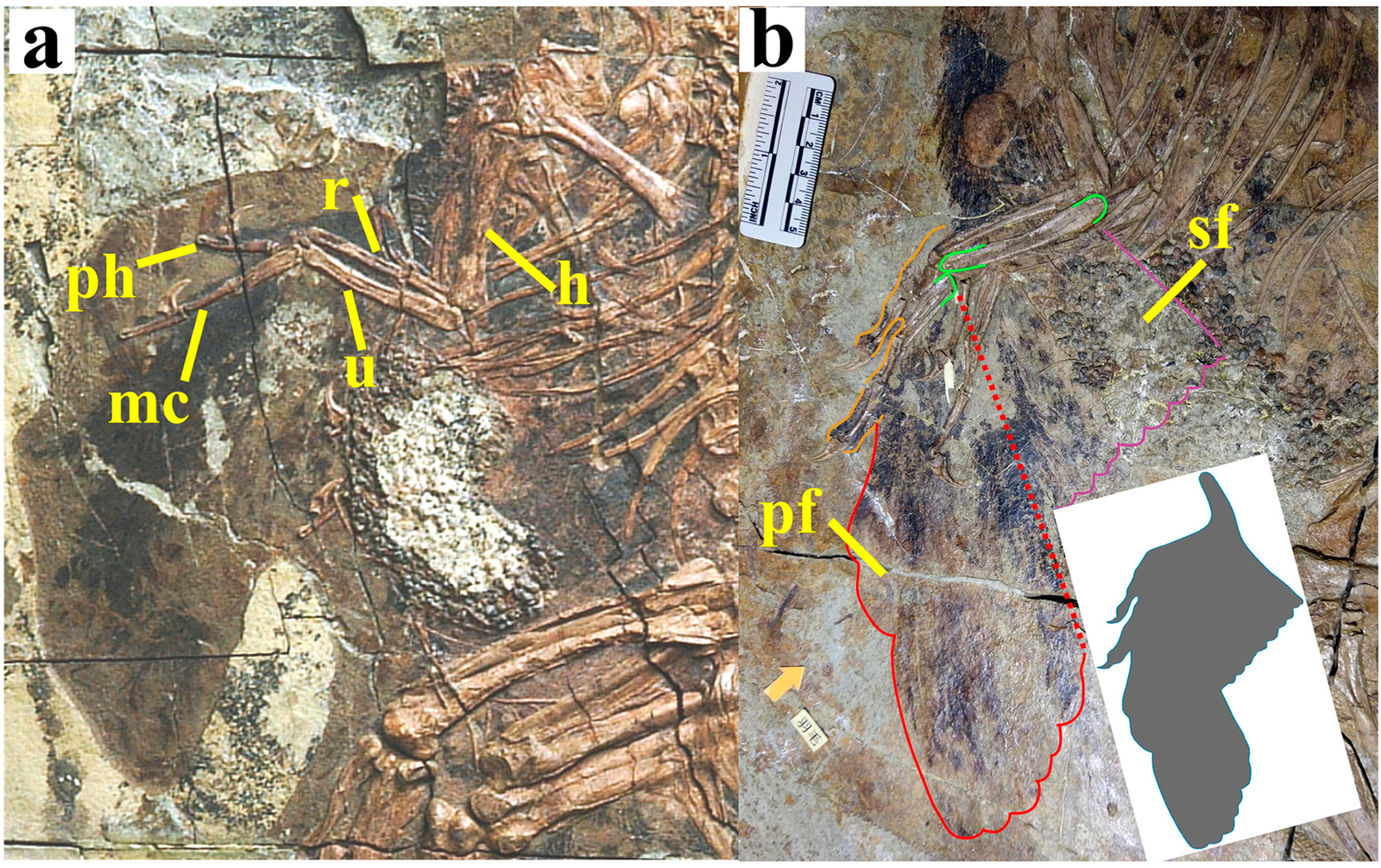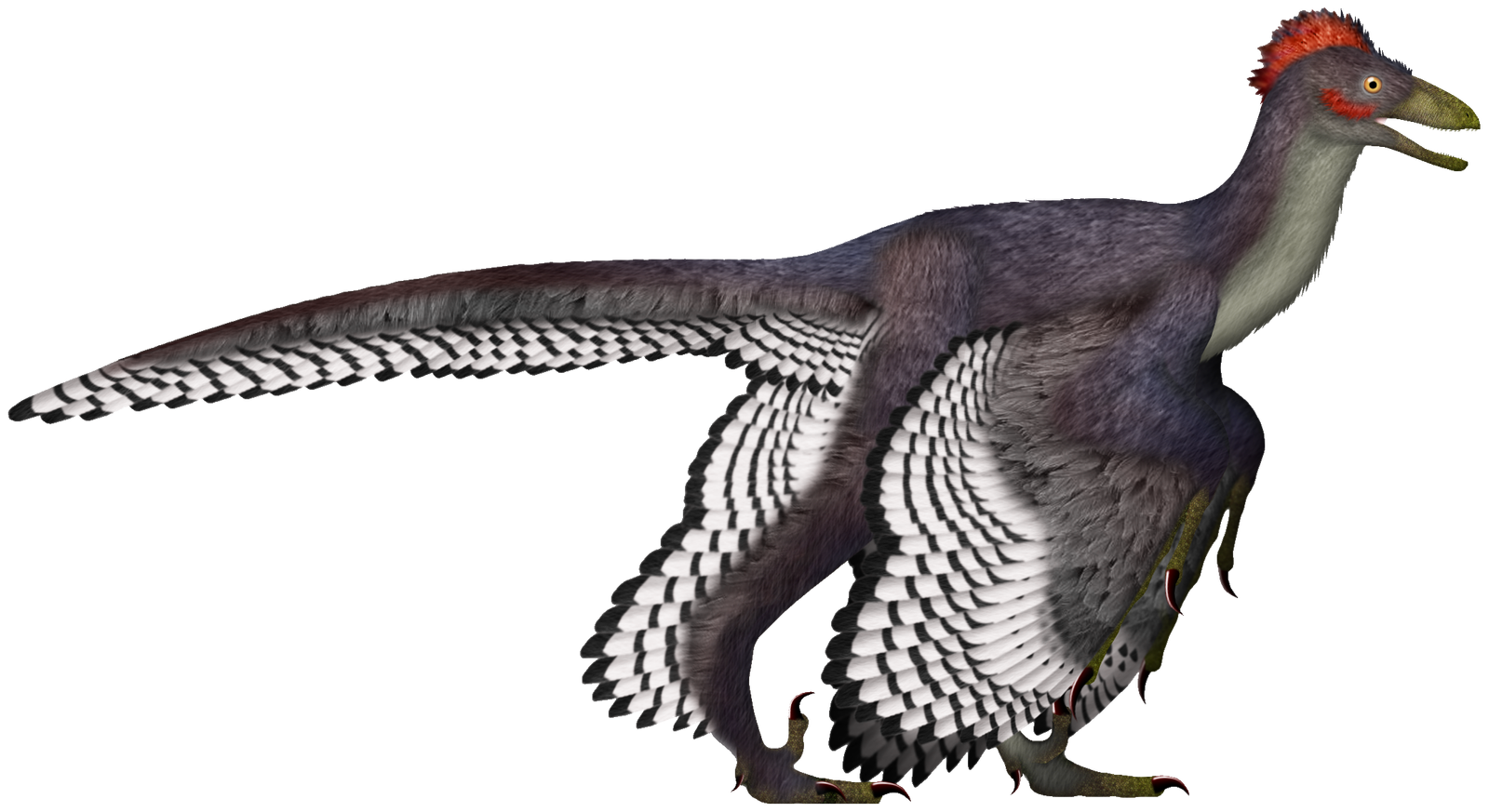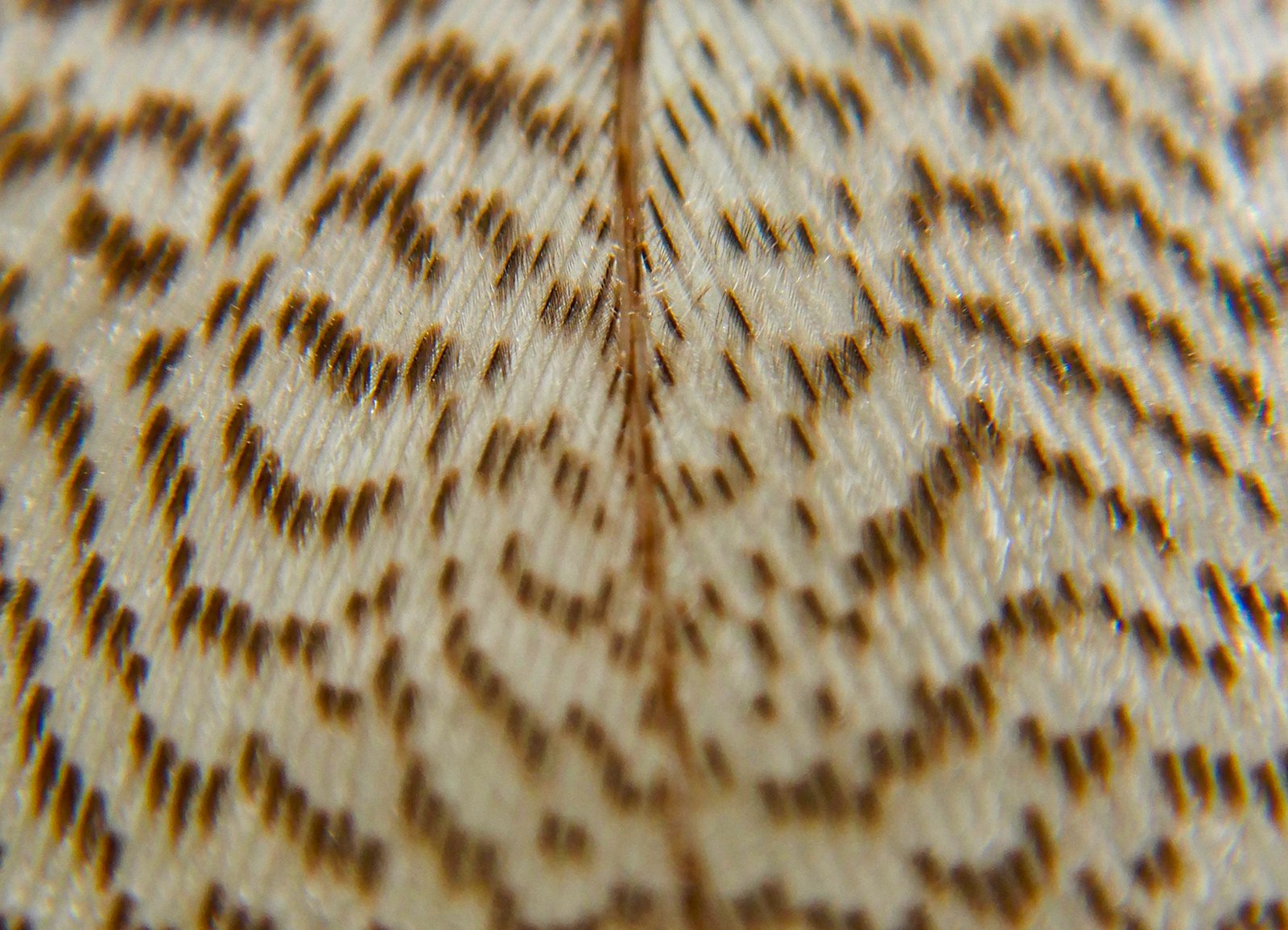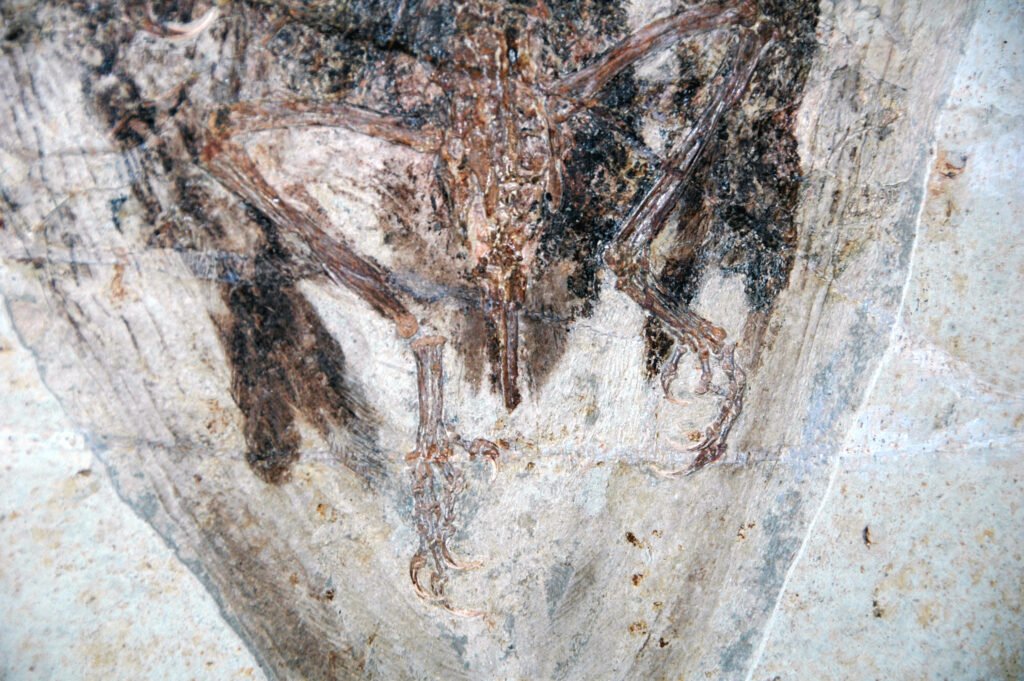Imagine walking through a prehistoric forest, surrounded by vibrant colors from creatures long extinct. But how do we know what hues adorned these ancient beings? The science of reconstructing ancient feather colors is a fascinating journey through time, blending art, science, and imagination. Paleontologists have developed ingenious methods to peer back millions of years and reveal the colorful tapestry of prehistoric life. Dive into this enthralling world as we explore the techniques that bring these forgotten colors back to life.
The Magic of Fossils

Fossils are nature’s time capsules, preserving the whispers of the past in stone. For paleontologists, these remnants are crucial in understanding the appearance of ancient creatures. While bones and teeth are common finds, feathers are rarer and more delicate. Yet, when discovered, they hold a wealth of information. Fossils of feathered dinosaurs, like the famous Archaeopteryx, provide clues to their plumage. Researchers examine the microscopic structures within these fossils to unlock the secrets of their colors, offering a glimpse into a world once believed to be monochrome.
Melanosomes: The Color Code

At the heart of reconstructing feather colors are melanosomes, tiny organelles responsible for pigmentation. These structures, found in modern birds, are also present in fossilized feathers. By comparing the shape and size of melanosomes in fossils to those in living birds, scientists can infer the colors they produced. For instance, rod-shaped melanosomes often suggest black or gray hues, while spherical ones hint at reddish or brown tones. This meticulous comparison allows paleontologists to paint a picture of ancient creatures in their true colors.
The Role of Technology
Technology plays a pivotal role in revolutionizing how we study ancient feather colors. High-powered electron microscopes allow scientists to examine fossils at the microscopic level, revealing details invisible to the naked eye. Advanced imaging techniques, like scanning electron microscopy, provide detailed views of melanosomes and their arrangement within feathers. These technological marvels give researchers the tools to decode the color patterns of extinct species accurately. It’s a marriage of old and new, where cutting-edge tech meets ancient relics.
Detecting Hidden Patterns

Feather colors aren’t just about pigmentation; patterns play a significant role in an animal’s appearance. Stripes, spots, and gradients can all be reconstructed by studying fossilized feathers. By analyzing the distribution and density of melanosomes, scientists can infer patterns that might have existed. For example, the discovery of banded melanosomes suggests the presence of stripes or rings. These patterns could have been used for camouflage, mating displays, or even communication, offering a deeper understanding of the creature’s behavior and ecology.
Color and Evolution
Reconstructing feather colors isn’t just about aesthetics; it offers insights into the evolutionary pressures faced by these ancient creatures. Colors could indicate a range of functions, from attracting mates to avoiding predators. By studying these colors, scientists can infer the environments these creatures lived in and how they adapted to survive. The evolution of vibrant plumage might have played a critical role in the survival and diversification of species, painting a vivid picture of evolutionary dynamics.
The Art of Scientific Imagination
While science provides the foundation, imagination breathes life into these reconstructions. Artists work closely with paleontologists to recreate these ancient scenes, combining scientific data with creative interpretation. These artistic renditions help the public and scientists visualize these creatures as they might have been, bridging the gap between the past and present. It’s a delicate balance of fact and creativity, where each brushstroke is guided by scientific evidence.
Challenges and Controversies
The journey to reconstruct ancient feather colors isn’t without its challenges. Fossilization can alter or destroy melanosomes, making it difficult to determine original colors accurately. Furthermore, not all colors are produced by melanosomes; some, like blues and greens, result from structural coloration, which is rarely preserved. These limitations spark debates within the scientific community, driving researchers to refine their methods and explore new frontiers. Despite these hurdles, the quest for truth continues, fueled by curiosity and determination.
Interdisciplinary Collaboration
Reconstructing ancient feather colors is a collaborative effort, bringing together experts from various fields. Paleontologists, biologists, chemists, and artists all contribute their expertise to unravel this colorful mystery. This interdisciplinary approach fosters innovation and advances our understanding of prehistoric life. By pooling knowledge and resources, these teams can tackle complex questions and push the boundaries of what’s possible in paleontology.
The Impact on Modern Science
The study of ancient feather colors has far-reaching implications beyond paleontology. It enriches our understanding of modern-day birds, providing insights into their evolutionary history and adaptations. This research also informs conservation efforts, as it highlights the importance of preserving biodiversity and understanding how species respond to environmental changes. By looking to the past, scientists can better predict and mitigate future challenges, ensuring a vibrant world for generations to come.
The Future of Feather Color Research
As technology advances, so too will our ability to reconstruct ancient feather colors with greater precision. New techniques, like genetic analysis and chemical profiling, hold the promise of uncovering even more about these ancient hues. The future of feather color research is bright, with endless possibilities waiting to be explored. As we continue to delve into the past, we are reminded of the beauty and complexity of life on Earth, challenging us to protect and cherish the natural world.
In the end, the quest to uncover ancient feather colors is a testament to human curiosity and ingenuity. It reminds us that the past is not just a collection of forgotten stories but a vibrant tapestry waiting to be rediscovered. What colors will we uncover next?



